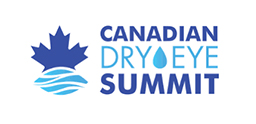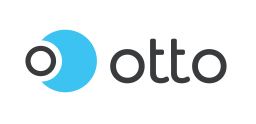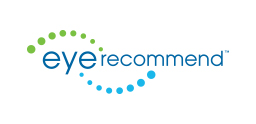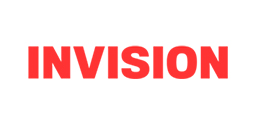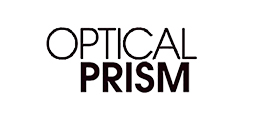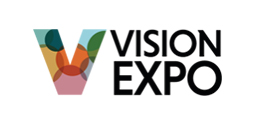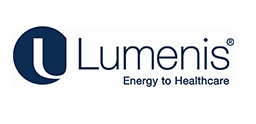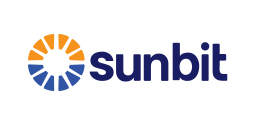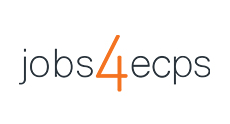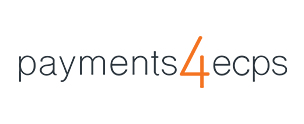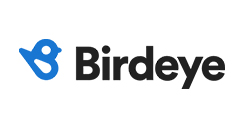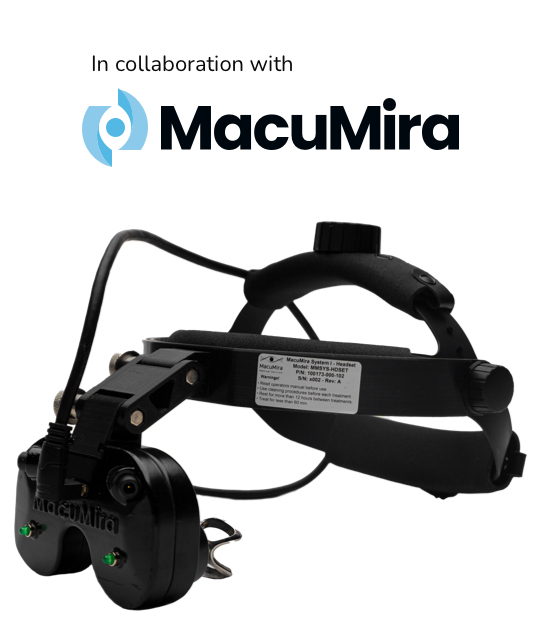What Are Google Responsive Display Ads?
Responsive display ads are defined as “an ad that automatically adjusts its size, appearance, and format to fit available ad spaces on the Google Display Network.” The ads are designed to reduce the amount of work it takes to create and post ads on the display network, a group of more than 2 million websites, videos, and apps where your ads can appear.
Responsive display ads typically contain:
- A short headline
- A long headline
- A description
- Business name
- Marketing image
- Landscape logo & square marketing images
They also offer optional elements like:
- Call-to-action text
- Logo
- Promotion text
- Price prefix
What Makes Responsive Display Ads So Great?
Responsive display ads are an innovative way to advertise your practice and gather insight into what types of ads perform best with your target audience.
Optimization
Responsive display ads analyze your ads based on their performance and optimize the best text and image or video, so you don’t have to adjust them manually. The machine learning behind the ads will survey what combinations work best and display those to get you better results.
Greater Reach
Responsive display ads are incredibly flexible, allowing your ads to adapt to different sizes without creating several different versions of the same ad. A single image and text combination can be used to reach any ad slot, boosting your reach without spending more time on it.
Reduce Time & Money Spent
Because the machine learning behind responsive display ads will create multiple ads with 1 piece of creative, you don’t have to make several different copies and sizes of the same ad. This saves your budget and keeps you from spending too much time on production.
Responsive Ads Updates
In 2019 and 2020, Google released several incredible updates for responsive display ads to improve performance and efficiency.
Video Assets
Video in the online world is one of the most effective ways to make an impact on your audience. Studies estimate that by 2021, 80% of all internet traffic will be video-driven. Also, 60% of people that shop online say that video assets significantly impact their buying behaviour.
To accommodate this, Google developed video assets for responsive display ads. You can now add up to 5-30 second videos alongside any images, headlines, and descriptions.
Reporting
You can now view combinations reports, which allow you to select specific combinations of text, image, and video to promote and see how they perform. This function gives you more creative freedom to decide what ads go to market rather than allowing Google to take complete control.
Ad Strength
The Ad Strength tool analyzes your ads and estimates how likely they are to perform based on the combination of images, videos, headlines, and descriptions. With this tool, you can test multiple combinations to see what might work best for your goals.

Some Other Notable Google Ads Updates
Google is consistently investing in research and development to improve their processes and make advertising more efficient using their platform. If you’re interested in what else Google has implemented to improve its ad functionality, they often announce new features here.
Improvements in Phrase Match & Broad Match Keyword Searches
Phrase match keywords match queries that include the exact phrase of your keyword, or very close variations. For example, if your exact match keyword is “eye exams,” phrases like “eye exams near me” or “affordable eye exams” would populate your ad.
Broad match keywords don’t need the keywords to be in a specific order. Instead, they just need them to be included in the search. For example, if you add “eyewear” as a broad match keyword, your ad will be shown for queries like “eyewear,” “sunglasses,” or “glasses.”
The recent update now causes the keywords to match with words that have the same meaning or intent. Google has said that they expect advertisers to see 3-4% more of their target audience when using phrase or broad match keywords.
More Targeting Tools
Targeting the right people through your ads ensures that the people you want to bring in are seeing the promotions you want them to. Google already offers plenty of tools to get the right people viewing your ad in searches, but with this recent update, they added 2 more, affinity audiences and in-market audiences.
Affinity audiences can help broaden your ad’s reach. For example, if you want to target someone searching for sports vision therapy, you could pair the affinity audience “Sports Fans.” Now, other sports enthusiasts that are interested in vision therapy may also see your ad.
In-market audiences help you connect with potential patients that are actively researching services that you offer and advertise. For example, if you’re having a blowout sale on frames for Christmas, you can use in-market audiences to target Christmas shoppers.
Lead Form Ad Extension
Lead generation is what connects you with potential new patients. It gives you more information about prospective patients so you can customize your interactions to communicate more effectively.The lead form ad extension update is a built-in form that pops out when a call-to-action button is clicked. Thanks to Google’s auto-fill functionality, any potential patients that click the button can quickly submit a form that is pre-populated with information from their Google account.
Things to Consider
When using responsive display ads, you have to trust the process. Although new updates allow you to have some limited creative freedom, Google handles most of the heavy lifting.
When creating a display ad, you have to submit a finite number of unique headlines and descriptions that fit within the character limits. To account for this, it’s important to remember to stay flexible with your ads. Google will choose best-performing ads, so you reach the market you want.If you want expert advice on Google Ads and how you can make it work for your practice, book a no-obligation consultation today! At Marketing 4ECPs, we are well-versed in everything you need to build a strong online presence for your practice.












